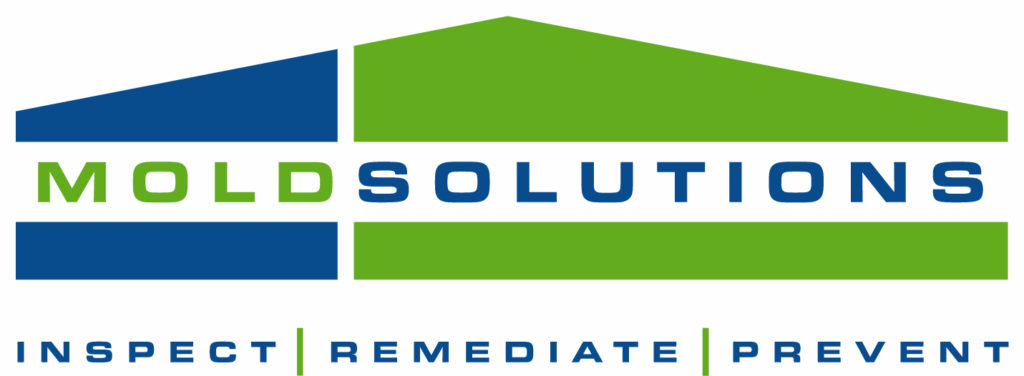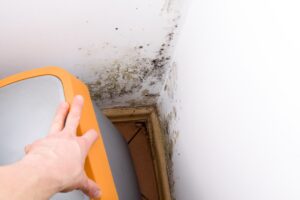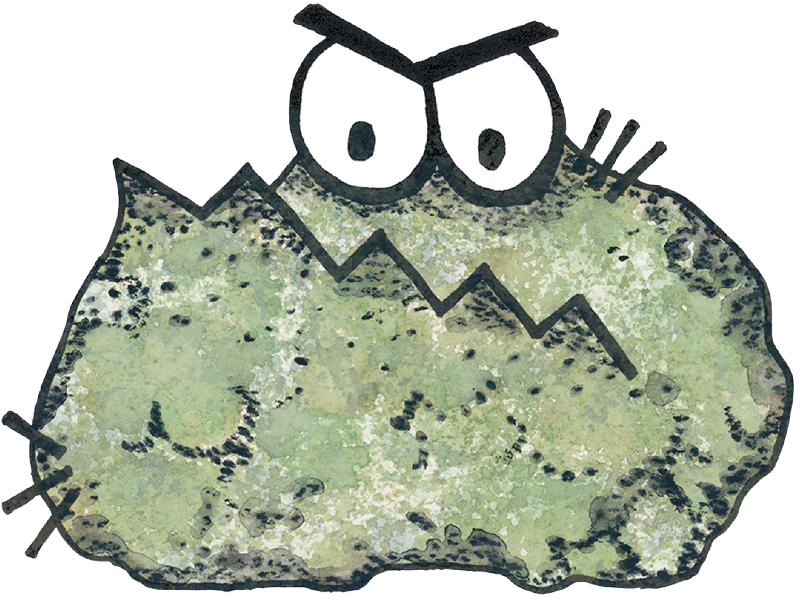Some molds are easily observed by sight, although you can’t tell what type of mold you have in your home, you tend to clean or remove it yourself. But this can be risky, as you may be exposing yourself to a hazardous environment.
Mold is present almost everywhere. Even though it can be harmful at times, mold is important to our ecosystem, playing a major role in breaking down organic substances.
Is it Practical or Beneficial to Remove the Mold Myself?
You may think you save time and a few dollars if you do the remediation process yourself. But, you accept a large amount of risk if you don’t know exactly how to remediate the problem safely and completely.
If you want to get mold out of your home for good, call us and schedule a consultation and treatment. The process of mold remediation will be much faster and easier if you seek professional help. We will assess the extent of your mold problem and prepare a plan for complete mold removal from your home. And we offer a safer and cheaper solution for complete remediation services.
Why Should You Call a Mold Expert for Remediation?
DIY home projects are great. However, you may not have the proper protective equipment to wear if you decide to conduct a DIY mold remediation. Individual homeowners usually don’t have the moisture detection equipment carried by our inspectors to determine the cause and scope of the moisture intrusion.
Determining the moisture source is the first step in the inspection/remediation process because, without water, there is no mold.
Understanding Mold Remediation Procedures
Most forms of mold require testing in a laboratory setting, and samples must be taken. We can inform you of the risk of DIY mold removal.
The mold remediation procedure begins with identifying the mold through testing. Collecting mold samples should be done with extra care by a mold expert to prevent further contamination. After that, you prepare the tools and materials needed, next is the actual removal process, and finally, post-testing and issuing the clearance report, which tells you that remediation was done safely and professionally.
Steps on How to Perform Mold Remediation in Your Home
To perform mold remediation at home, be sure you are wearing appropriate Personal Protective Equipment to protect yourself from the mold as you conduct your work. Practice good safety by wearing protective gear during mold remediation. Wear a face mask and gloves, hair and shoe covers, and clothing that you can either dispose of or launder in very hot water as soon as you’re done.
- First, identify the mold with the help of a professional mold expert.
- Second, gather the tools and materials needed for remediation. It is important to rid your home of all contamination. If you miss even a little bit, it can simply grow and spread once again and soon you’ll have another mold problem on your hands. That’s why we recommend having a mold expert help you achieve a better result. Our mold technicians are certified, insured, and trained specifically in mold remediation.
- Third, identify the most affected areas and remediate those areas first. If the majority of mold contamination is found in the attic, then that area should be treated first to prevent the spread of mold spores to other areas of your home. Seal off the area of the home in which you will be working with heavy plastic sheets and duct tape. Also, be sure to completely cover all vents in your home to prevent the spread of mold spores through the ductwork. Within those sealed off areas, you should be running an Air Filtration Device to capture spores that you release into the air as you conduct your remediation. Family members, especially children and those with health issues should vacate your home while remediation is ongoing. Remove any personal items from the area, or if items cannot be removed, cover them completely with plastic sheets so they do not become contaminated with mold.
- Fourth, use negative air or room pressure in the affected area. This step is the most difficult to set up without proper training. This is useful if you are treating a large contaminated area in your home.
- Fifth, remove moldy materials in areas that cannot be cleaned, like drywall. To minimize the risk of mold spores being dispersed into the air, place them in garbage bags and seal the garbage bags before walking them through the house to the dumpster.
- Sixth, apply antimicrobial products or one of our green products to areas which have already been cleaned and dried. This step should be done only by trained professionals.
After completing the remediation process, post-testing is recommended so you will know if you completely remediated the mold.
To learn more about mold testing and remediation, don’t hesitate to give us a call. Our inspectors and technicians are IICRC certified and are authorized to provide the most effective solution to your mold problem.








